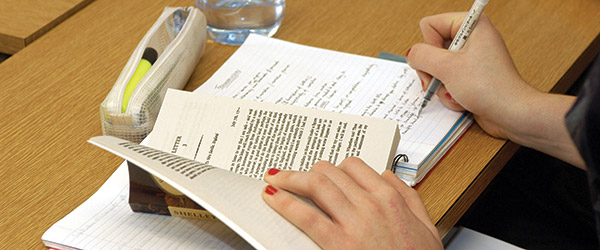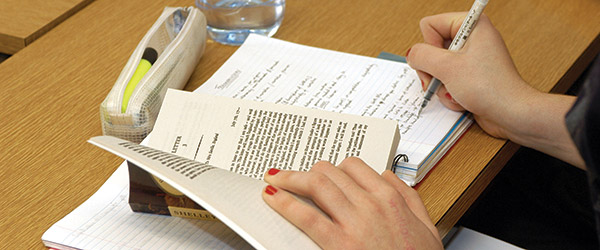 English literature is often tagged as a boring subject for many. But, the point is when you are in school you have to study the subject at some point in your life. With so many technical words to keep track of, sometimes it is a little overwhelming to decide the start point of learning. It does not matter if you are studying for your school exam or preparing for a competitive exam, following a few steps can help you achieve your goals.
English literature is often tagged as a boring subject for many. But, the point is when you are in school you have to study the subject at some point in your life. With so many technical words to keep track of, sometimes it is a little overwhelming to decide the start point of learning. It does not matter if you are studying for your school exam or preparing for a competitive exam, following a few steps can help you achieve your goals.
- Preparation: While preparing for a school exam, do not wait to study the night before your exam. In exams, for English literature analytical questions as well as theoretical questions can be asked. So, one has to familiarise ourselves with some of the technical words and complexities used in the subject.
- Test yourself: Once you have read the lesson, write out the details that you can remember from your first reading. Do not refer to your text or anything. But, try to remember the storyline of the lesson that you just read and write it in your own words. This will be your starting base and will reveal any gaps in your knowledge. Being able to summarise the plot in your own words will make you confident.
- Familiarise yourselves with the literary words: The test and exams in English want you to be familiar with some word like stanza, irony, alliteration, figurative language. Make sure that you are familiar with these words. A comprehensive knowledge of the literature terminology is not expected from school students, but understanding some of the key points is recommended. Plenty of guides is available in the market which will explain you the terminology better. It is better to understand the meaning of all these terms in your elementary classes. You can begin with your learning in lower classes as Class 8 English CBSE covers all these in their lessons.
- Stanza is a poetic division of lines and is equivalent to the paragraph in prose writing. Usually, stanzas are at least three lines long; groups of two lines are usually called “couplets.”
- Irony at its basic level says one thing but means another, which is almost always the opposite of what is actually said. For example, a character who meets someone in a raging blizzard might say “Lovely weather we’re having, isn’t it?” This is ironic since the reader can see that it is clearly not beautiful weather. Authors like William Shakespeare, Jane Austen, and Charles Dickens are famous for using irony in their writing pieces. Dramatic irony occurs when the reader or audience knows important information that a character does not, such as the fact that Oedipus killed his father and will marry his mother.
- Alliteration is a technique used most often in poetry and plays; within a short space, it is the recurrence of the same initial consonants in numerous words within a short space. For example, “Peter Piper picked a peck of pickled peppers” illustrates the use of alliteration.
- Figurative language is contradictory to the literal language. Figurative language uses techniques like metaphor, simile, personification, and hyperbole to explain a point more vividly. For example, in Shakespeare’s play Antony and Cleopatra, Cleopatra defines Mark Antony this way: “His legs bestride the ocean. His reared arm crested the world.” This is hyperbolic. It is obvious that Antony’s legs didn’t literally straddle the ocean, but it greatly conveys Cleopatra’s high opinion of him and his power.
Having a sound knowledge of the technical terms in literature will make the subject more interesting for you. You might just end up taking this subject as your majors.


Thanks, it is very useful link……nice web.
LikeLike